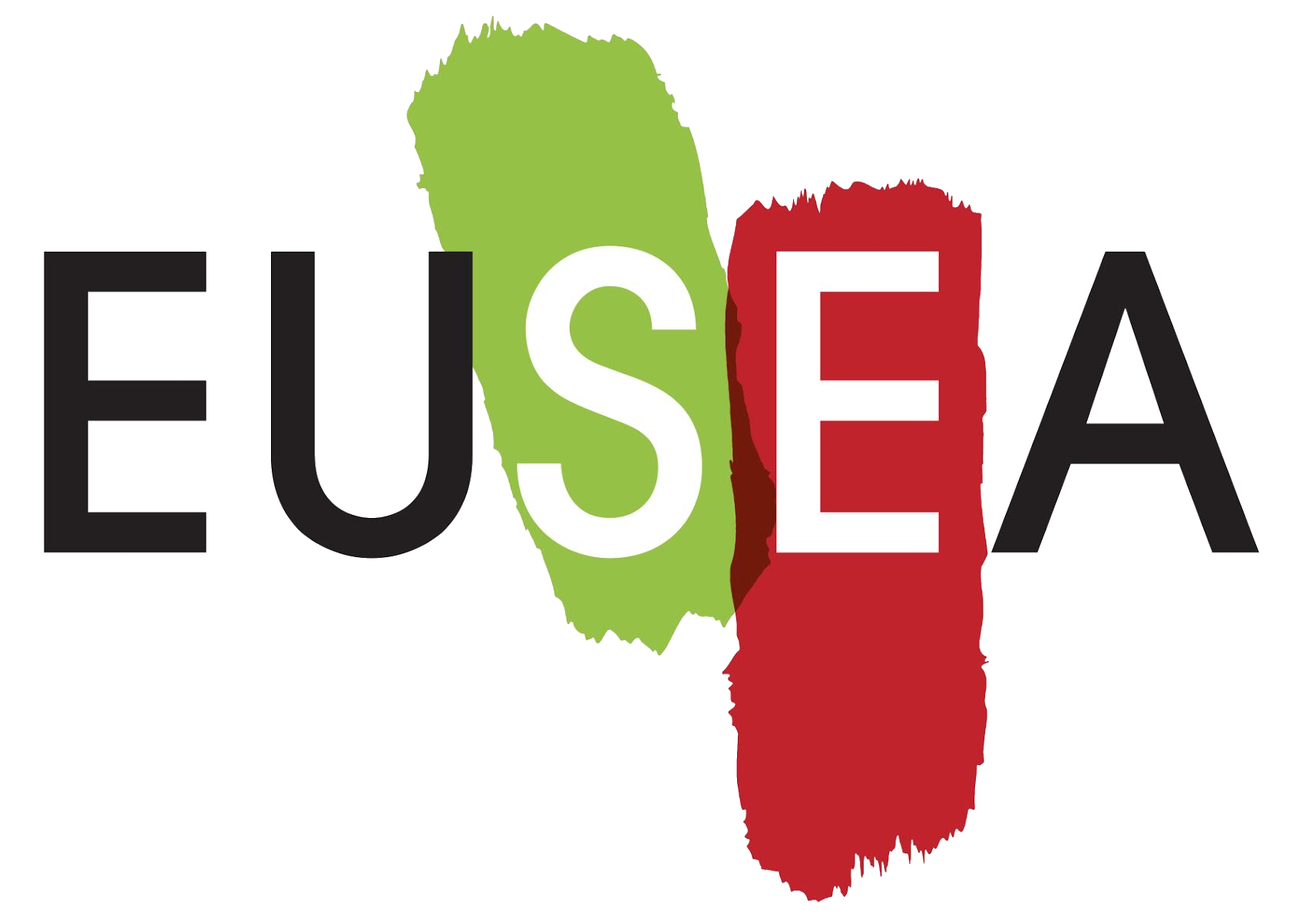Description
GenAnimatEd is an educational animation series designed to engage the public with the science of human genetics. It explains what genetics is, what it studies, and how it impacts our health. The series also explores the types of genetic tests available, when they should be used, and how to distinguish fact from myth.
The goal is to demystify the often complex world of genetics and combat misinformation and disinformation using an accessible and engaging format: 3D animation. By incorporating movie references and popular metaphors, the series helps audiences relate to the content, easing them into challenging concepts and encouraging curiosity and trust in science.
Each episode focuses on a specific aspect of human genetics — from how genetic tests are conducted to how research is carried out.
Ultimately, GenAnimatEd empowers individuals to make informed health decisions for themselves and their families. This includes understanding diagnosis, management, and treatment options for genetic conditions, and fostering broader awareness within society.
Target Audience
- Adult citizens
- Families
- Stakeholders
- Teenagers
You can do it with all those groups, but we did it with professionals from different fields like public engagement or the cultural and creative sector.
Benefits
Benefits
Short videos offer strong potential for outreach and audience engagement. By making this resource freely accessible, we can reach diverse audiences across a range of settings. Hosting the content on a trusted platform—such as the official channel of the Portuguese National Institute of Health—further enhances credibility and ensures the public can rely on the information provided.
Preparations
The videos were created using commercial, cloud-based software with pre-designed templates. Scripts were carefully written using plain language principles and tailored to each specific topic in human genetics, while also aligning with the limitations and possibilities of the software templates.
Most of the illustrations were produced using a professional cloud-based scientific illustration tool. This ensured both scientific accuracy and a visually engaging format that supports understanding and learning.
For episodes that describe specific research projects, key elements such as the motivation, objectives, methods, and—where available—preliminary results were included. This helps audiences better understand the scientific process and fosters potential interest and engagement.
Each episode provides a list of the resources used, along with references to relevant published studies where applicable. To maximize discoverability and outreach, descriptive tags related to the episode’s topic were added.
All episodes were scripted and produced either by a specialist in human genetics or in collaboration with other researchers and subject-matter experts.
Institution
Marisa Silva – Departamento de Genética Humana, Instituto Nacional de Saúde Doutor
Ricardo Jorge – Lisboa, Portugal


